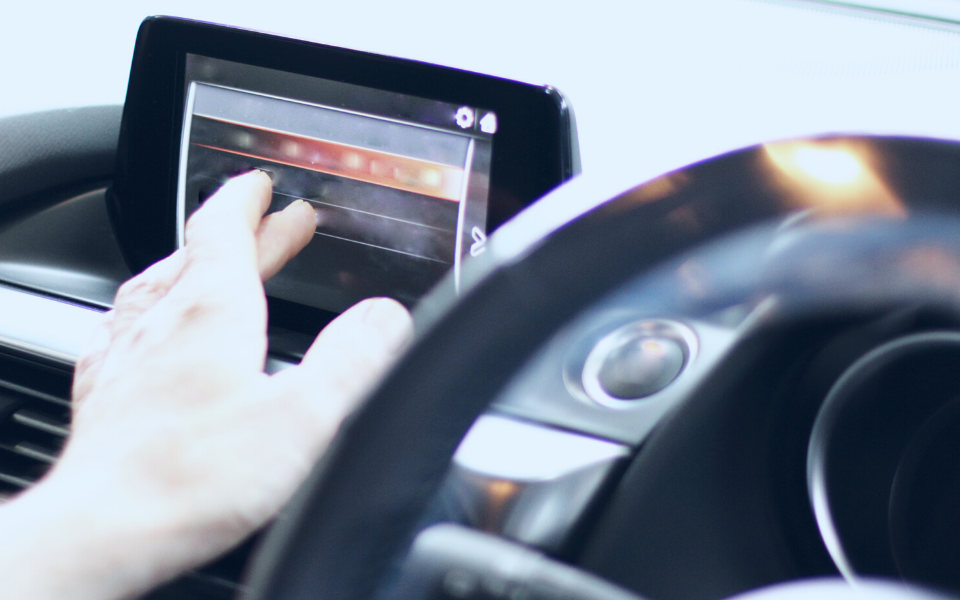Self-Diagnostics | The Future of the Industry

Starting in 1996 in the United States, on-board diagnostics were required for all new-built vehicles- forever changing the landscape of diagnostics and repair. While early systems reported on basics like fluid levels, each new iteration added a degree of complexity- with many modern vehicles reporting on nuanced areas like temperature sensors, fuel injection system monitoring, and more. As vehicles evolve, we expect to see even further complexity in reporting and even, potentially self-repair, plus a couple of potential pitfalls along the way.
The Potential of Self-Diagnostics and Repair
Limitless is a word that comes to mind. With the break-neck pace towards computerization, digitization, and electric power, the inner workings of future vehicles are more likely to resemble the insides of a smartphone than the combustion systems we know today. Now, many seem to think this spells out doom for mechanics, but we couldn’t disagree more. While training might be a bit more akin to a coding class than a current mechanics course, the trade will be needed nonetheless, at least for the foreseeable future. Looking into the unforeseeable future, the potential exists that vehicles could not only self-diagnose but also self-repair. Either way, the trend is clear and steady: future (and current) vehicles are exponentially increasing their ability to report on their inner workings with accuracy and consistency.
The Pitfalls
As with any new technology, there come potential issues and abuses. Simple problems like misdiagnosis and errors in the reporting system itself plus ever-complex repairs may increase dissatisfaction in customers and mechanics- even if these occurrences are rare. On the more sinister side of things, self-diagnosis creates room for misrepresentation. Think about it this way- do you fully trust a vitamin company that only performs scientific analysis of the purity of their ingredients in-house? While it seems outlandish and unlikely that any manufacturer would code self-reporting systems to lie about performance, examples like VW’s defeat devices are proof that self-interested parties will do anything to increase sales.
What do you think the future of self-diagnostics is? Leave a comment below!
We’ve created an extensive library of free e-books, DMS education, parts inventory education, and more editions of this series exploring industry trends and helping you prepare for the future of the industry.
Thoughts, questions, or opinions? Get in touch!

Submit a Comment
Your email address will not be published. Required fields are marked *